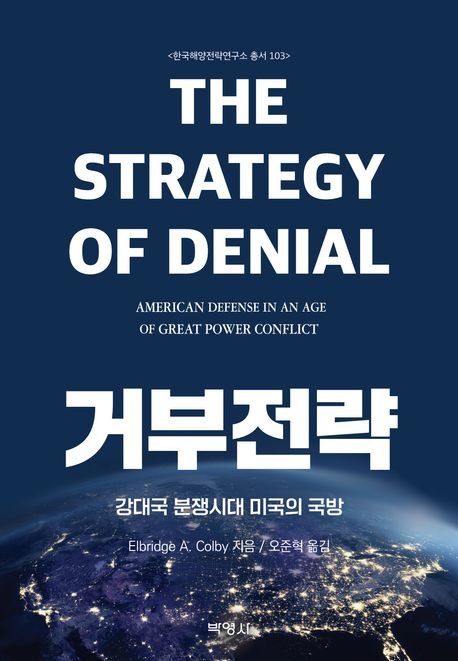
The future of the Army profession
- 발행사항
- Boston: McGraw-Hill, 2005
- 형태사항
- xvi, 558 p.: ill. ; 25 cm
- ISBN
- 9780073536095
- 청구기호
- 390.942 M439t
- 일반주기
- Project directors: Don M. Snider, Gayle L. Watkins
- 서지주기
- Includes bibliographical references
소장정보
| 위치 | 등록번호 | 청구기호 / 출력 | 상태 | 반납예정일 |
|---|---|---|---|---|
이용 가능 (1) | ||||
| 1자료실 | 00012260 | 대출가능 | - | |
- 등록번호
- 00012260
- 상태/반납예정일
- 대출가능
- -
- 위치/청구기호(출력)
- 1자료실
책 소개
Four years ago recognized scholars of the military, both in uniform and in civilian institutions, believed that during the drawdown of the 1990s the Army had become much too bureaucratic, losing much of its essential and historic character as a vocational profession. Together they produced the highly-acclaimed first edition of The Future of the Army Profession, whose editors summarized the project with the words given to field researchers by a frustrated Army Major:
“How can I be a professional, if there is no profession?”
Now, after extended operations in Afghanistan and Iraq, new research from a similar group of scholars shows that many aspects of profession have been restored, especially in the field Army. But can the strategic leaders of the Army now capture and maintain that professionalism while simultaneously fighting a war and transforming the Army? On this question, the most informed perspectives available are contained in the seven parts of this 2d edition and they argue that the Army’s leaders must do so if they are to be successful in either endeavor. Organized around the profession’s expert knowledge, this text is designed for the development of military professionals at all levels, as well as for civilian courses in national security and military affairs.
The Future of the Army Profession is listed in: The U.S. Army Chief of Staff’s Professional Reading List published by the U.S. Army Center for Military History, http://www.army.mil/cmh-pg





